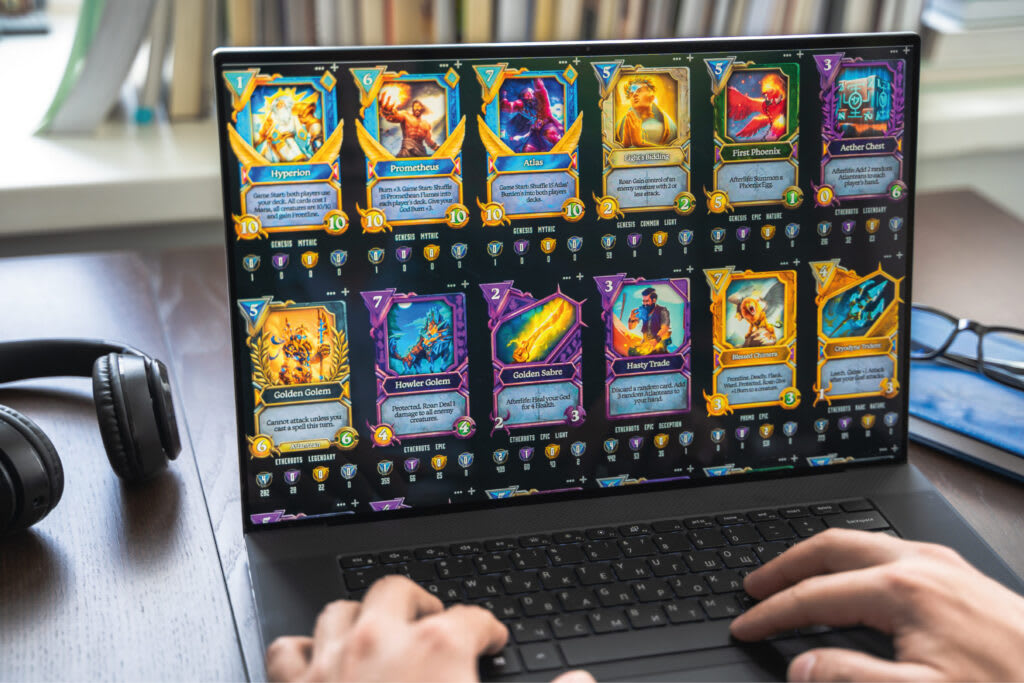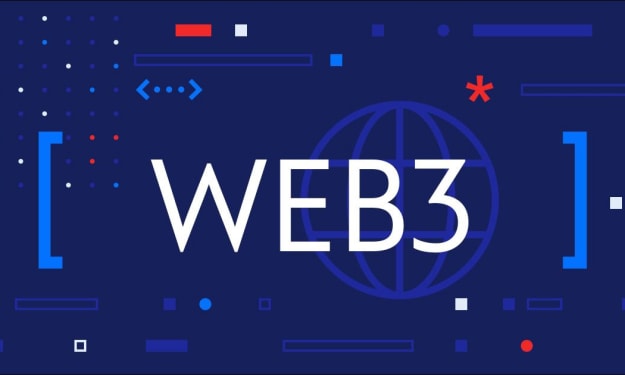Building an End-to-End NFT Game Marketplace: A Technical Guide
This blog provides a technical guide for building an end-to-end NFT game marketplace, covering smart contract development, frontend and backend development, blockchain integration, and NFT standards.

The emergence of blockchain technology has paved the way for the creation of Non-Fungible Tokens, which are unique digital assets that can be used to represent anything from digital art to in-game items. NFTs have become popular in the gaming industry, allowing players to own and trade unique in-game items. In this blog post, we will guide you through the process of building an end-to-end NFT game marketplace.
Part 1: Smart Contract Development
The first step in building an NFT game marketplace is to develop the smart contract that will govern the creation and ownership of NFTs. A smart contract is a self-executing program that runs on the blockchain and can automate the transfer of NFT ownership. To develop a smart contract, you will need to use a programming language like Solidity, which is specifically designed for Ethereum smart contracts.
Part 2: Frontend Development
Once the smart contract is developed, the next step is to create a frontend interface for users to interact with the smart contract. The frontend will allow users to create, buy, and sell NFTs. The frontend can be developed using web technologies like HTML, CSS, and JavaScript, and can be hosted on a web server or deployed on IPFS for decentralization.
Part 3: Backend Development
The backend of the NFT game marketplace will handle the business logic of the platform, including user authentication, transaction processing, and data storage. The backend can be developed using any programming language, but popular choices include Node.js and Python. You will also need to integrate with a blockchain node to interact with the smart contract.
Part 4: Integration with Blockchain
To interact with the smart contract, the NFT game marketplace will need to integrate with a blockchain node, such as Ethereum or Binance Smart Chain. You can use a blockchain SDK like Web3.js or Ethers.js to interact with the smart contract from the backend. You will also need to handle the gas fees required for transactions on the blockchain.
Part 5: Testing and Deployment
Once the NFT game marketplace is developed, it will need to be tested thoroughly to ensure that it is secure and functional. You can use tools like Truffle and Ganache to test the smart contract and the backend, respectively. Once the testing is complete, the NFT game marketplace can be deployed to a production environment. You can use a cloud hosting provider like AWS or Google Cloud Platform to deploy the backend and a web hosting provider to deploy the frontend.
Part 6: Security Considerations
Building an NFT game marketplace comes with several security considerations that need to be taken into account. The smart contract should be audited by a third-party security firm to ensure that it is secure and free from vulnerabilities. The backend should also be designed with security in mind, including secure user authentication and authorization, as well as protection against common web application vulnerabilities.
Unique Features of a NFT Game Marketplace:
Unique and Rare In-Game Items: NFT game marketplaces offer unique and rare in-game items that cannot be found or replicated elsewhere in the game.
Player Ownership: NFTs in game marketplaces give players true ownership of their in-game assets, allowing them to sell or trade their assets as they see fit.
Decentralized Trading: NFT game marketplaces are built on a decentralized blockchain network, allowing players to buy, sell, and trade in a trustless and secure environment.
Scarcity and Rarity: NFTs can be designed to have limited quantities, making them more valuable and sought after by collectors.
Interoperability: NFTs can be used across different games and platforms, allowing players to transfer their in-game assets between different games and marketplaces.
How NFT Game Marketplace Works?
NFT game marketplaces work by allowing players to buy, sell, and trade unique in-game assets in a decentralized and secure environment. Players can create NFTs representing their in-game items, which are then stored on the blockchain network. Other players can then buy, sell, or trade these NFTs, with ownership being automatically transferred via smart contracts.
To participate in an NFT game marketplace, players need to create a digital wallet and purchase cryptocurrency to use as payment for buying and selling NFTs. Once they have cryptocurrency, they can start browsing the marketplace for in-game items they want to purchase, or create their own NFTs to sell.
NFT Standards Preferred in NFT Game Marketplace:
There are several NFT standards that are preferred in NFT game marketplaces, including:
ERC-721: This is the most popular NFT standard, developed by Ethereum. It allows for the creation of unique and indivisible NFTs that can represent anything from digital art to in-game items.
ERC-1155: This standard allows for the creation of both fungible and non-fungible tokens. It is particularly useful for games that have multiple in-game items with varying degrees of rarity.
TRC-721: This is a NFT standard developed by Tron, which allows for the creation of unique and indivisible NFTs on the Tron blockchain network.
NEP-11: This is a NFT standard developed by the NEO blockchain network. It allows for the creation of non-fungible tokens that are unique and indivisible.
Conclusion
Building an NFT game marketplace requires expertise in smart contract development, frontend and backend development, blockchain integration, testing, and security. However, with the right tools and knowledge, you can create a secure and functional NFT game marketplace that allows players to own and trade unique in-game items. By following the steps outlined in this blog post, you can get started on building your own end-to-end NFT game marketplace.






Comments
There are no comments for this story
Be the first to respond and start the conversation.